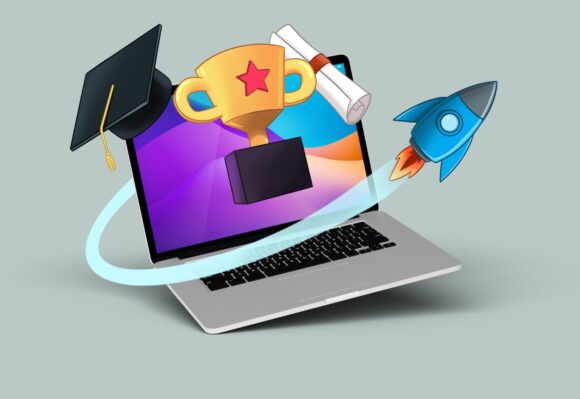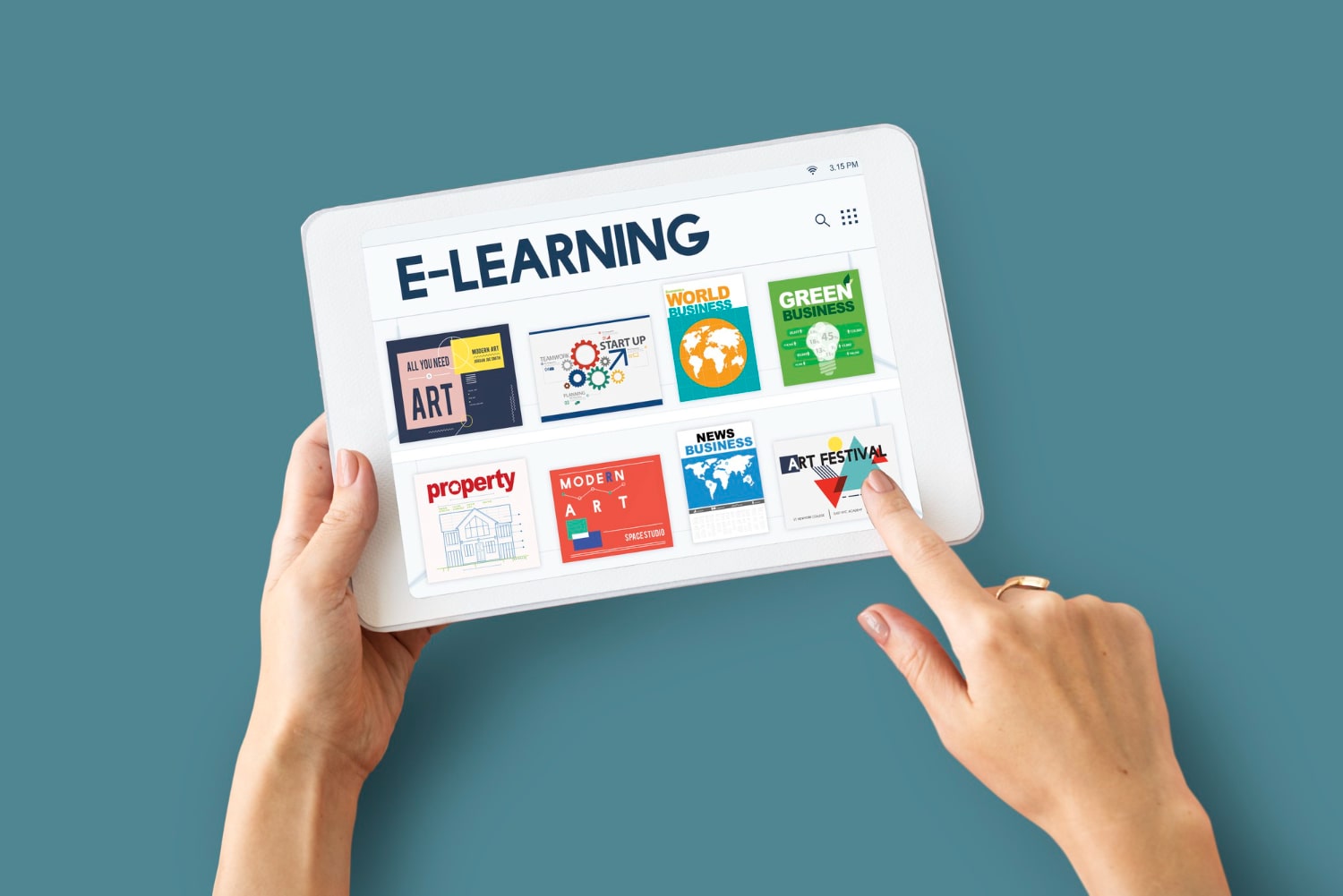
The advantages of e-learning in current education
- 0
Table of Contents
ToggleExplaining: What E-Learning is
Because of constant changes in our world, learning has transformed greatly over the years. Now, classrooms are not constrained by buildings and schools can now be more personal than general. With e-learning, learning has become flexible, and dynamic and accepts importance, transforming how people improve their education everywhere. In current educational landscape, e-learning offers numerous advantages.
If you’re a student, you’re using digital lectures. If you’re a professional upskilling, you’re doing it online. And if you’re an educator, you’re using virtual tools for teaching, so all these experiences are being impacted by e-learning. Exactly what is e-learning and what makes it an important influence in modern schools?

E-Learning is Defined and Covered
Easily, E-learning means having education and training provided digitally. Because of the internet, computers, mobile devices, and software platforms, people can learn whenever and wherever they want. You can find e-learning on a wide scale—from major online university degrees to quick and easy tutorials made for the workplace.
Basically, e-learning is not limited to only digital material. It offers quizzes, simulations, forums to talk in groups, multimedia elements, and paths that adjust to the student’s progress. Because of these aspects, it stands as a reliable substitution for usual learning techniques, and it is also more inclusive and efficient in many situations.

Being available and being flexible
E-learning is very advantageous because it is accessible to anyone. Barriers in locations and money that once limited education have begun to disappear. A rural village student has access to education that is equal to that in a big city. Assistive technologies and customized interfaces allow people with disabilities to learn in ways that are more inclusive than ever.
Being able to adjust has a lot of significance. People learning online can learn at their speed, and go back to topics they wish to review and study whenever it is convenient for them. It greatly benefits professionals managed by numerous duties, parents, or people with busy schedules. Because e-learning is flexible, education is able to adjust to the requirements of each person’s life.

Managing budgets and being able to grow large
Usually, with traditional education, families pay for tuition, travel, housing, and printed textbooks. With e-learning, these expenses are minimized greatly. Several platforms have free or budget-friendly courses and premium ones are still less expensive than traditional college tuition.
Scaling is much easier for institutions and businesses through e-learning. When a course is finished, it can be distributed to huge numbers of people for the same initial cost. Officers can make changes swiftly and the analytics tools help them update their lessons on the spot.

Individualized learning and Adaptive Learning
One other important advantage of e-learning is that it can be customized for each individual. Platforms analyze how students learn and use data to show information in a way that suits everyone’s pace. Adaptive systems find out what a student does not know and make the task difficult to suit the learner’s abilities.
In addition, many students have options such as videos, podcasts, slideshows, reading materials, and practice exercises to learn in a way that suits them best. Using several methods improves remembering, motivates students, and satisfies them.

Up to the Minute Updates and Ways to Track Progress
It takes a long time for feedback to be provided in a traditional classroom. Getting feedback with e-learning happens immediately. Since quizzes, assignments, and simulations give results as you work, learners can easily notice what needs improvement.
Tracking progress with these tools lets learners follow their objectives closely. Badges, certificates, dashboards, and gamified parts make learning fun and apparent. Having these features encourages people to feel proud of their progress and learn more.

Working together and making connections worldwide
E-learning happens in ways that involve others. Various platforms add tools like webinars, group work, and peer review systems to encourage student collaboration in a classroom. It gives students the opportunity to meet and work with people from other countries, introducing them to various viewpoints and supporting cross-cultural communication.
Cooperating with others from different countries improves educators’ understanding as well. By working together, they can trade resources, effective practices, and research outcomes that benefit all the participating groups.

Problems and Points to Keep in Mind
However, e-learning has some issues even with its many advantages. Some difficulties students find are with technology, motivation, and being tired of using the computer. Many students do not have a fast internet connection or a decent device which causes a divide that needs to be solved.
Also, because virtual learning lacks personal contact, students can feel isolated. Making the content engaging and building an online community is essential to beat this challenge. People involved in teaching and the field of education should be trained in digital pedagogy to maximize the use of technology.
What Is Next For E-Learning
E-learning will not go away; it is a foundational aspect of the future of education. COVID-19 caused companies to adopt e-commerce more quickly and the trend has expanded even further afterward. Virtual reality, AI tutors, and games that are designed to teach are making education more advanced than ever.
Because lifelong learning and skills-based credentials are favored by employers, e-learning platforms are playing an important role in developing the workforce. Instead of degrees, organizations are now offering valuable digital badges and certificates from important platforms. Skills and abilities are being prioritized over skills and information.

Conclusion
E-learning revives the way we think about the traditional sense of education. It sees learning as a continuous, available anytime, and fully personal experience. It gives people access to better education, supports everyone, and responds to the different needs of learners worldwide.
Since things keep changing, e-learning gives people the flexibility and information they require to be up to date. Teaching to mastery involves thinking in a particular way. One that explains learning doesn’t only happen at school, it is with you, supports you, and changes together with you.
If we support this thinking, learning becomes more doable and happens continuously.